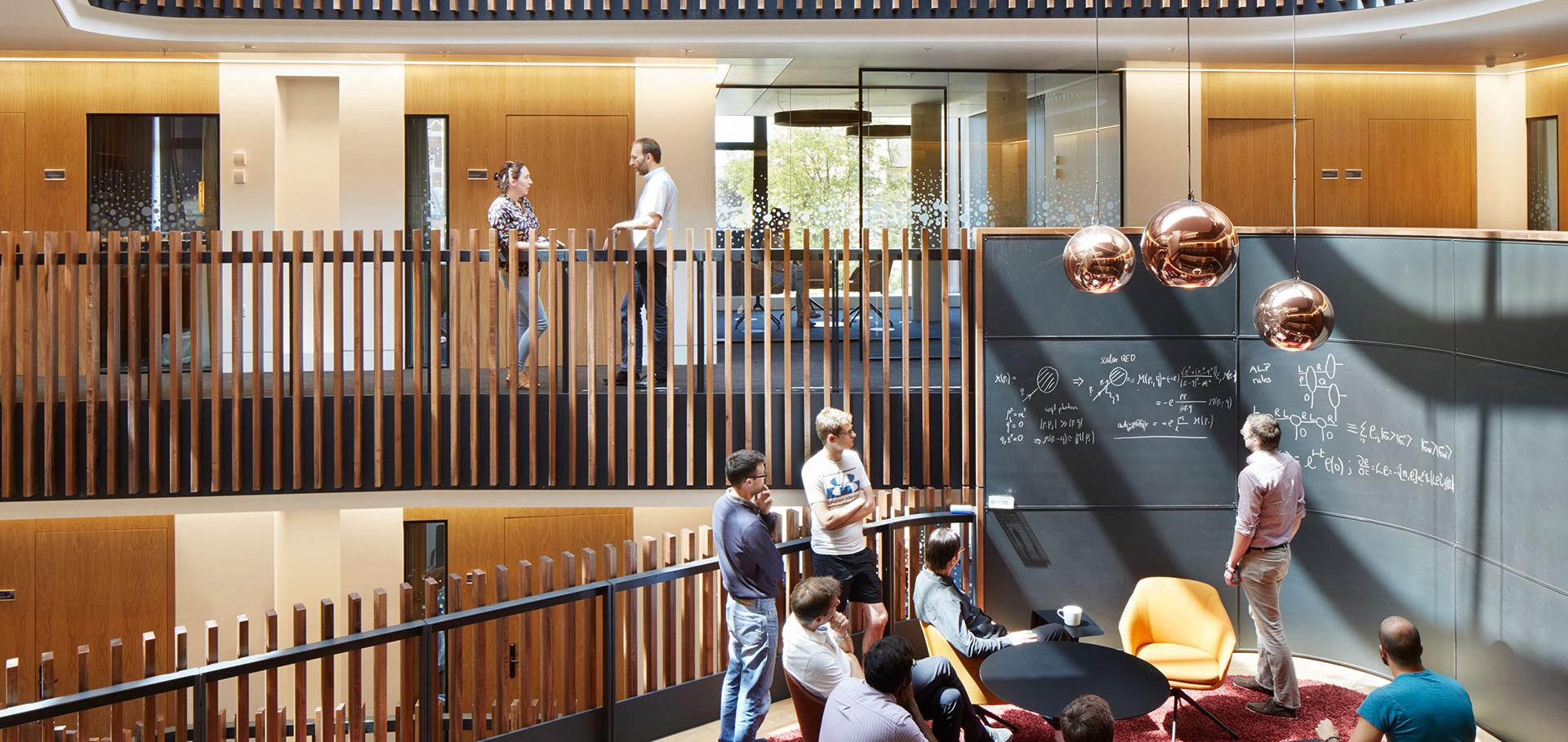Controlling collective rotational patterns of magnetic rotors
Nature Communications Nature Research (part of Springer Nature)
Driven spheres, ellipsoids and rods in explicitly modeled polymer solutions.
Journal of physics. Condensed matter : an Institute of Physics journal
Abstract:
Understanding the transport of driven nano- and micro-particles in complex fluids is of relevance for many biological and technological applications. Here we perform hydrodynamic multiparticle collision dynamics simulations of spherical and elongated particles driven through polymeric fluids containing different concentrations of polymers. We determine the mean particle velocities which are larger than expected from Stokes law for all particle shapes and polymer densities. Furthermore we measure the fluid flow fields and local polymer density and polymer conformation around the particles. We find that polymer-depleted regions close to the particles are responsible for an apparent tangential slip velocity which accounts for the measured flow fields and transport velocities. A simple two-layer fluid model gives a good match to the simulation results.Nature of active forces in tissues: how contractile cells can form extensile monolayers
Reconfigurable Flows and Defect Landscape of Confined Active Nematics
Communications Physics Nature Research (part of Springer Nature)

